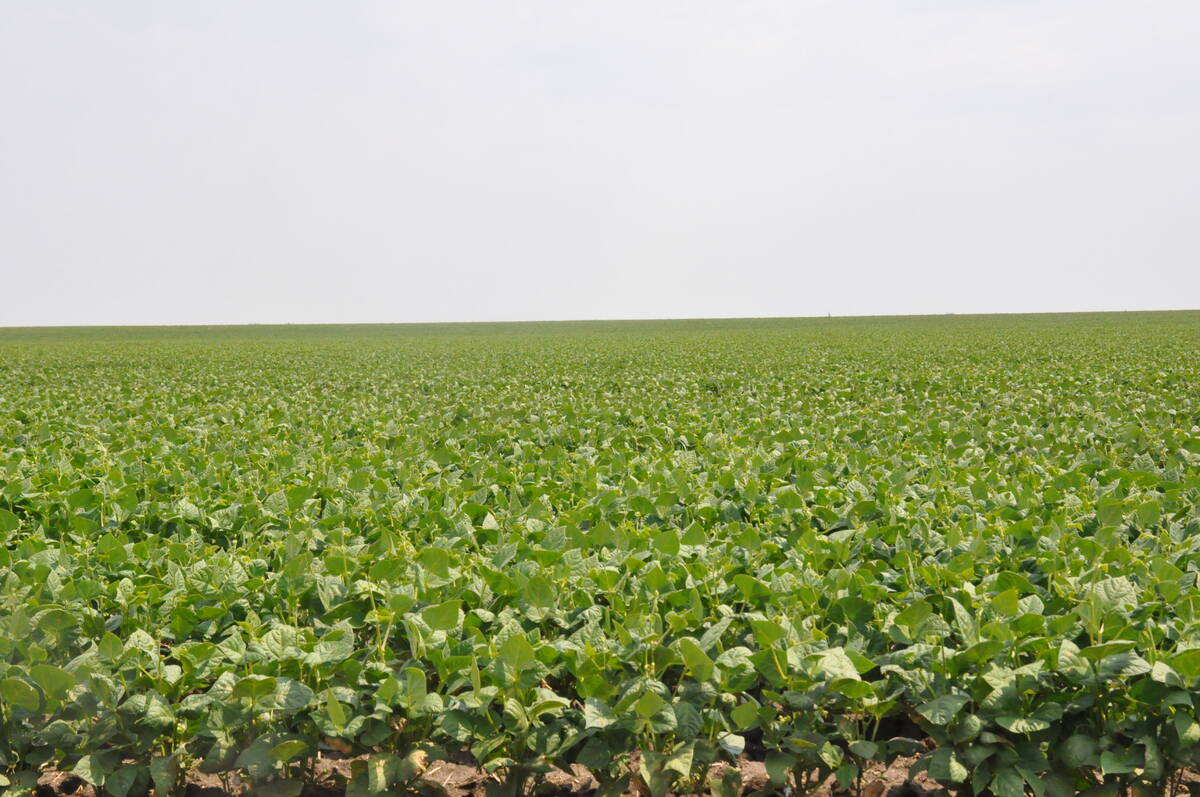A two-month test run of a European-made centrifuge device showed promise for a cost-effective way to separate phosphorus-rich solids from raw manure, according to an engineer with Puratone, a large hog operator in Manitoba.
“I was impressed,” said Shokry Rashwan.
Solid particles account for about 75 percent of the total phosphorus in raw hog manure.
Removing them results in greatly reduced phosphorus content, and makes the balance of nutrients in hog manure much more favourable for repeated use as a fertilizer on agricultural land.
Read Also

Coloured bean production down, whites are up
Bean prices have been slumping and the outlook is for more of the same.
The commercially available devices made by Asserva cost about $80,000 and come in a range of sizes and rated throughput capacities.
Rashwan said that in recent years, a number of manufacturers have been exploring ways to manage manure by adapting existing centrifuge-based separator equipment used in the food processing and dairy industries.
“I didn’t know this before, but the City of Winnipeg uses one of them for its wastewater treatment plants,” said Rashwan. “It’s a huge one.”
The device works by spinning manure at 4,000 rpm, which drives the suspended solid particles out of the liquid.
The small unit tested by Puratone, which had a capacity of 400 gallons per hour, was powered by a 10 horsepower electric motor.
To accommodate the manure from a 6,000 head farm, a larger machine able to process about 2,000 gallons per hour would be needed, he said.
The solids, which resemble ground grain, typically make up 10 percent of the volume of raw hog manure.
After passing through the separator, the solids contain about 60 percent moisture, and can be used as a partial substitute for the wood chips used in the
Biovator rapid deadstock composting device, he said.
“It worked great. It cut down the amount of shavings that we needed and it enhanced the composting process. It’s a win-win.”
There is no device available at a reasonable cost that can remove 100 percent of the solids from hog manure, he said, but with 60 to 70 percent of it gone, the remaining liquids are easier to apply to fields.














